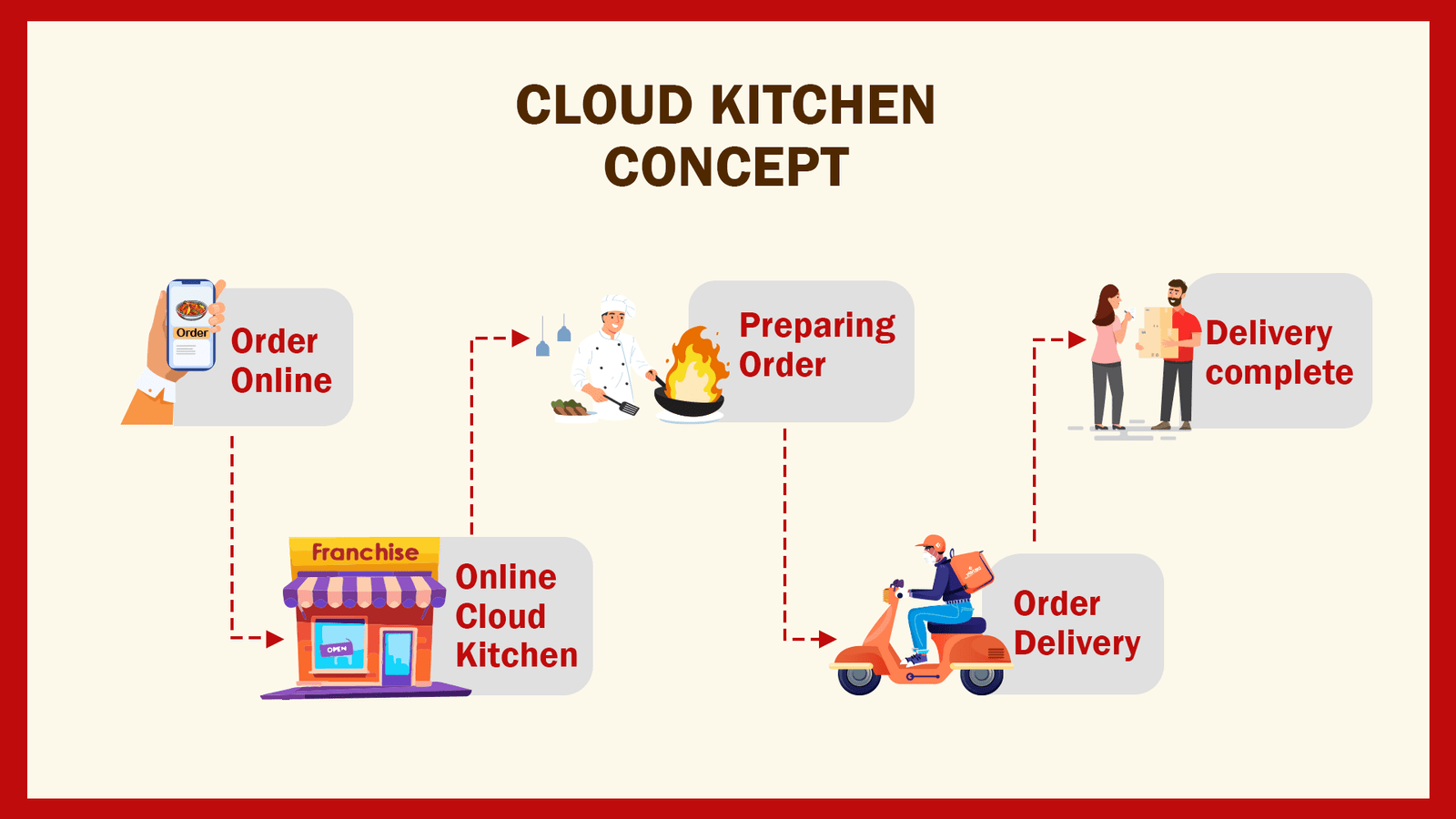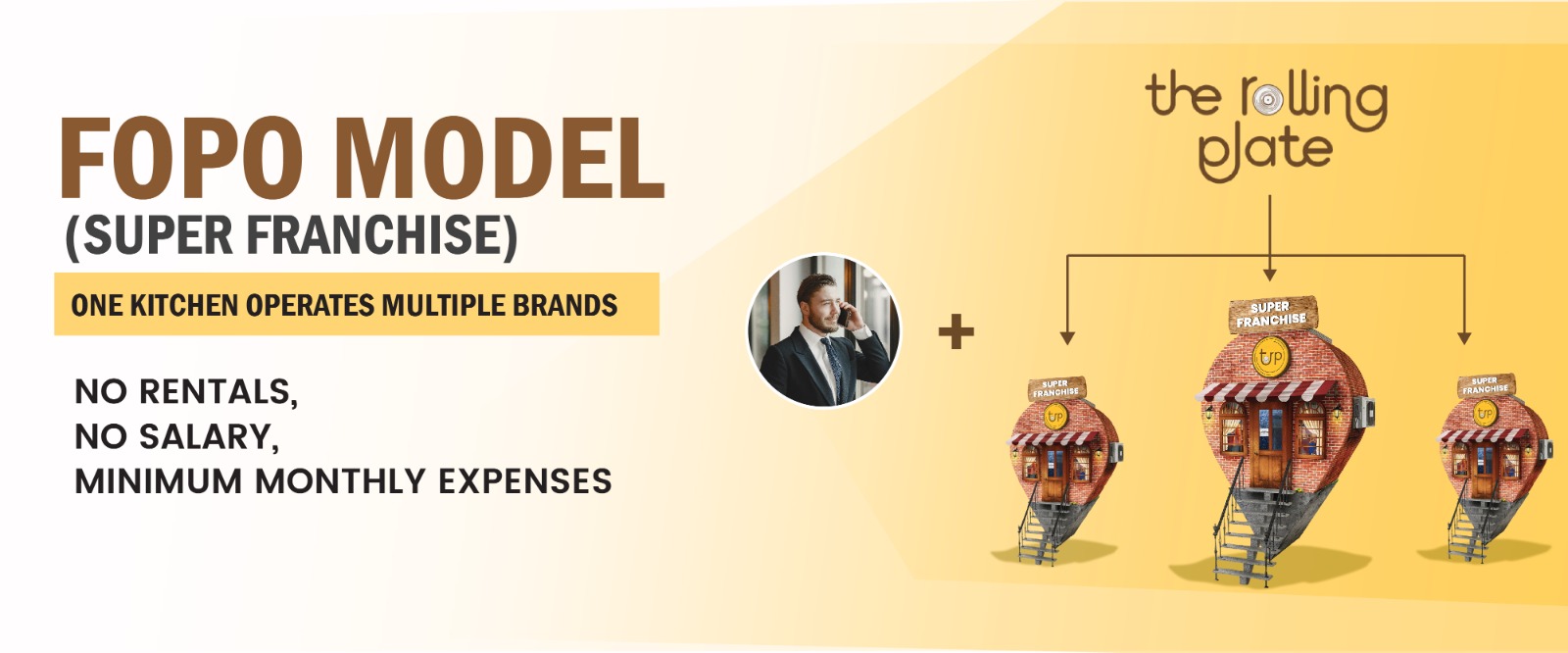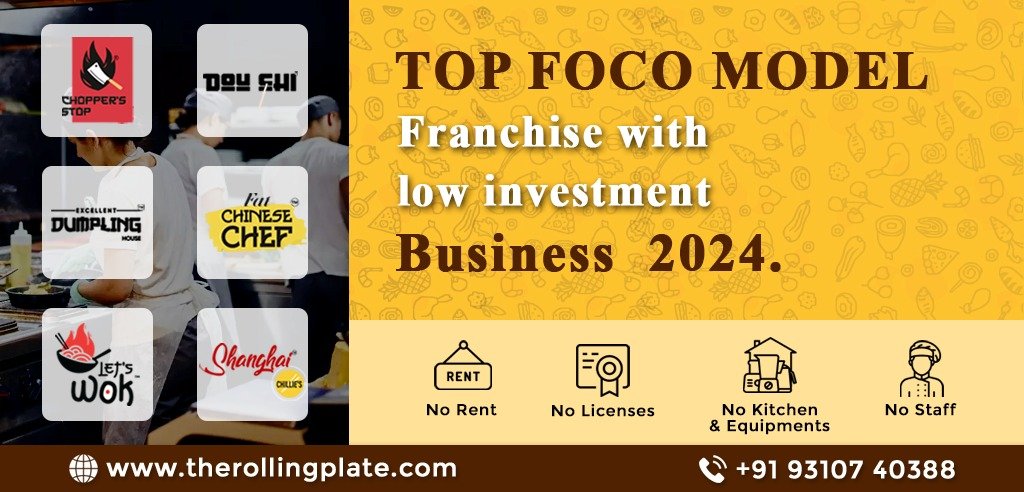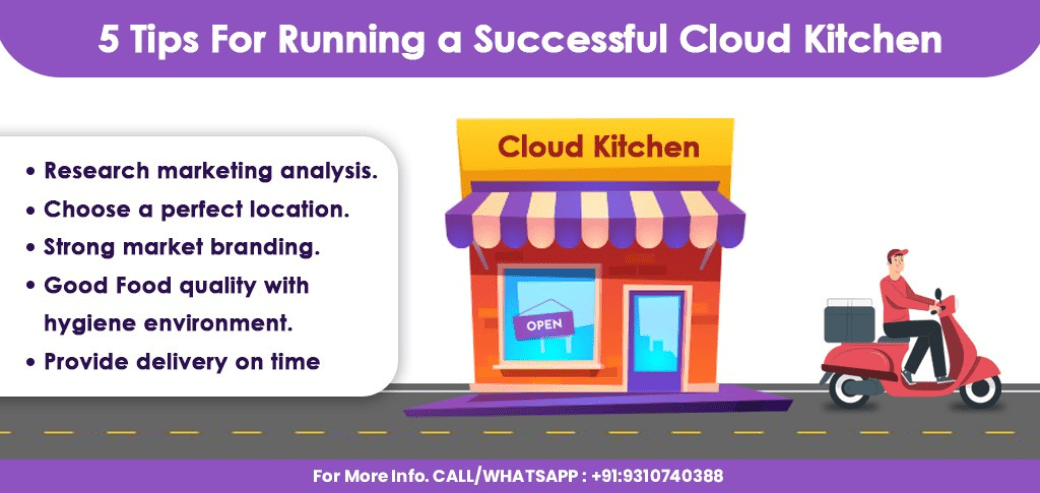30 Side Business Ideas To Make Money (2025)

30 Side Business Ideas To Make Money (2025)
If you’re reading this, chances are you’re curious – can you really build a business on the side in 2025? The short answer: yes. With the right idea, consistency, and a bit of hustle, many side ventures can not only boost your income – they can evolve into full-time businesses.
In this post, I’ll walk you through 30 side business ideas you can start today – from home, online, or in your local community. I’ve grouped them into themes (low or zero upfront investment, creative ventures, skill‑based, etc.) so you can pick what fits your life and resources best.
Why a Side Business Makes Sense in 2025
Before we dive in, here are a few trends pushing the side hustle wave:
- The rise of remote work and freelance platforms means more people are comfortable working outside the 9-to-5 structure.
- AI tools and low-code platforms lower the barrier to delivering services or automating parts of your business.
- Consumers increasingly favour niche, local, or handcrafted products – giving small ventures a fighting chance.
- Having multiple income streams hedges risk: you’re not relying on just one job or one source of income.
So, treat your side business as a testbed – a way to try, learn, and scale. Even if it never becomes your main gig, the skills you’ll acquire (marketing, operations, client management) will pay off.
How to Choose the Right Side BusinIdea
Here’s a quick checklist to help you filter through the 30 ideas:
| Criteria | Why It Matters | Quick Self-Test |
|---|---|---|
| Low upfront cost | Limits risk early on | Can you start with < USD 100 (or equivalent)? |
| Flexible schedule | You have another job / commitments | Can you deliver work in evenings or weekends? |
| Scalability | To grow beyond a side hustle | Does it allow delegation, digital reach, or automation? |
| Alignment with your skills / passion | Easier to persist when things get tough | What do you enjoy doing or have experience in? |
| Market demand | No point building in a vacuum | Are people already paying for similar services / products? |
Use that as a lens while you read the ideas below.
Side Business Ideas with Little or Zero Investment
These are ideal if you don’t have a big budget to begin with:
- Freelance Writing / Copywriting
Write blog posts, ad copy, web pages, product descriptions. Platforms like Upwork, Fiverr, or even local agencies can be your first clients. Over time, find niches you enjoy (finance, health, tech). - Virtual Assistance / Remote Admin Support
Many small business owners outsource tasks like email management, bookkeeping, scheduling, or customer support. Your clients could be local businesses or international solopreneurs. - Social Media Management / Content Creation
If you know how to create posts, reels, or stories that engage, many small businesses will pay you to maintain their presence online. - Affiliate Marketing & Influencer Partnerships
Share products you believe in, and earn a commission when people buy through your link. This works especially well if you already have (or plan to build) a blog, YouTube channel, or social media following. - Online Tutoring / Teaching
Whether it’s your school subject, language, coding, music, or any expertise – online platforms or direct students can help you monetize your knowledge. - Micro‑tasks & Usability Testing
Websites or apps pay for feedback, surveys, user testing, small gigs – they may not pay huge per task, but you can stack them in downtime. - Print‑on‑Demand / POD Products
Design T-shirts, mugs, phone cases, and let a POD service print and ship. You don’t hold inventory; you just provide designs. - Digital Products / Templates / Tools
Once you build something – a resume template, planner, plugin – you can sell it repeatedly with minimal ongoing effort. - Reselling / Arbitrage
Find undervalued items locally (thrift shops, clearance sales) and resell them online (marketplaces, social media). - Podcasting / Niche Blogging
Choose a focused topic, build an audience, monetize via ads, sponsorships, or affiliate links. It takes consistency, but the audience can compound.
Side Business Ideas that Require Some Budget or Equipment
These may need an initial investment in tools or materials, but have higher revenue potential:
- Photography / Photo Editing / Stock Photography
Invest in a good camera (or start with a phone), build a portfolio, shoot portraits, events, or niche stock images. - Event Planning / Coordination
From small corporate events to parties, people look for people who know how to coordinate vendors, logistics, and experiences. - Home Baking / Tiffin / Catering
If you love cooking or baking, local demand for fresh, home-style food is strong, especially in cities and among working professionals. - Handmade Crafts / Art / Jewelry
Use your artistic skills to make something unique: jewelry, decor, candles, soaps – and sell through marketplaces or your own site. - Local Services & Home Repairs
Plumbing, painting, decorating, appliance repair, furniture assembly – many clients prefer local trusted hands over big agency costs. - Landscaping / Lawn Care / Gardening
Maintenance, seasonal planting, small landscaping jobs can be steady in residential areas. - Mobile Car Wash / Detailing
Bring your tools to customers. This is especially viable where people are time-poor and want convenience. - Vertical Farming / Microgreens / Urban Farming
Grow high-demand produce in small spaces and sell to restaurants, farmers markets, or local direct-to-consumer. - 3D‑Printed Customized Products
With a 3D printer, you can make unique jewelry, gadgets, parts, and customized goods for niche markets. - Private Label / White Label Products
Source a product from a manufacturer, brand it under your label, and sell in local or digital channels.
Side Business Ideas Inspired by Your Passions & Creativity
These turn your interests and hobbies into income:
- Graphic Design / Branding / Visual Identity
Help small businesses with logos, brand kits, social media visuals, packaging design. - Writing & Self-Publishing eBooks
Write eBooks or short self‑help / niche guides and publish them through Kindle, Apple Books, or your own site. - Sell Art / Digital Illustrations / Prints
Art lovers often buy prints, digital downloads, or custom artwork. Use platforms like Etsy, Redbubble, or your own shop. - YouTube Channel / Video Creator / Reels / Shorts
Pick a niche, create regular videos, monetize via ads, sponsorships, or affiliate tie-ins. - Workshop / Courses / Live Teaching
Host in-person or virtual workshops on a topic you’re passionate about – cooking, coding, crafts, digital skills. - Home Décor / Interior Styling Service
Use your design sense to help clients redecorate a room, optimize furniture, add styling touches, or even stage properties. - Music / Singing / Instrument Lessons
Teach your art – either online or in your community. Use subscription or per-class models. - Voice-over / Audio Editing
If you have a pleasant voice and decent mic, voice-overs, podcast editing, audiobook narration can pay well. - Content Strategy / SEO Consulting
Businesses always need someone who understands how to rank, write, and plan content that brings traffic. - Niche Subscription Boxes or Curated Products
Curate a selection of goods around a theme (beauty, snacks, crafts) and send to subscribers monthly. The novelty and curation appeal can create loyalty.
Tips for Getting Started – and Growing Sustainably
- Start small, test fast. Pick one idea and validate – get a first customer, make a first sale, before scaling.
- Document your process. Use checklists, templates, SOPs. As you grow, these will let you hand off or delegate.
- Leverage free / affordable tools. Use Canva, Notion, free website builders, social media scheduling tools.
- Build social proof early. Ask first clients for reviews, before/after photos, referrals.
- Pricing strategy matters. Don’t undercharge just to get clients. Know your costs (time, materials, tools) and set margins.
- Keep investing in learning. Platforms, courses, communities – stay updated with trends and skills.
- Balance with your day job / commitments. Use early mornings, weekends, or “focus blocks” to work without burnout.
- Reinvest profits. Use initial gains to improve your tools, marketing, or expansion.
Final Thought
A side business in 2025 isn’t just about making extra money – it’s a pathway to growth, independence, and building something you believe in. Whether you start with zero capital or invest wisely, the key is consistency, adaptability, and learning from real experiences.
Pick one idea that excites you, validate it, and take the first step – even if it’s small. In six months, you’ll look back and be glad you started. Start your side business today
Bringing your side business ideas to life is a great way to earn extra cash outside of a full-time job. A side business also provides an opportunity to expand your skill set and build something that eventually could become your main income source.
When you start a business alongside your day job, it gives you a safety net to test the viability of your ideas while earning extra money. Figure out which side hustle ideas, business models, and products you and your customers like best. That increases the chance of success if you quit your day job to work on a side business full time.

Discover our latest news
and updates now.
The 7-Step to become an Entrepreneur
October 29, 2025
10 Mistakes to Avoid While Starting a Food Business
October 29, 2025
Everything You Should Know About Chinese Wok Franchise
October 04, 2025














